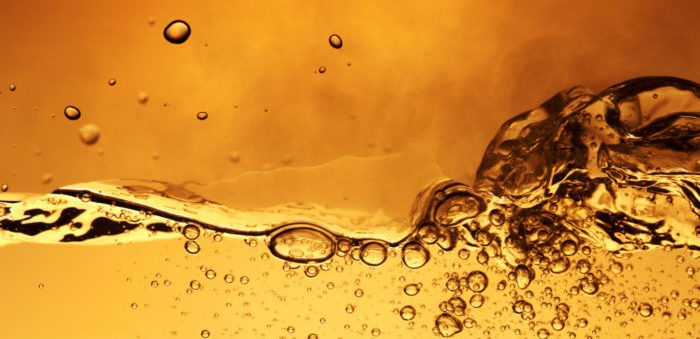IBIA welcomed signs that work may soon start to develop a new chapter for oil-based fuels with a flashpoint below 60°C within the context of the IGF Code. This would simplify the process for ships to show that they are designed to use such fuels safely, IBIA said.
Germany made a presentation to the 5th session of the IMO’s sub-Committee on Carriage of Cargoes and Containers (CCC 5), showcasing results of a study to evaluate diesel fuels with a flashpoint between 52°C and 60°C in shipping.
[smlsubform prepend=”GET THE SAFETY4SEA IN YOUR INBOX!” showname=false emailtxt=”” emailholder=”Enter your email address” showsubmit=true submittxt=”Submit” jsthanks=false thankyou=”Thank you for subscribing to our mailing list”]
Using IMO Formal Safety Assessment (FSA) guidelines, the study that DNV GL carried out, found out that risks of using diesel fuels with a flashpoint of 52°C compared to 60°C were not very different.
China also submitted a paper to CCC 5 pointing to a research report by China Classification Society saying that while the lower flashpoint fuels can cause an increase in flammable vapour, the risks are manageable.
China also informed CCC 5 that it has published stricter domestic standards regarding air pollution from ships, and requires domestic ships to use low sulphur diesel with a minimum flashpoint limit of 55°C. It stressed that European countries also have a minimum 55°C flashpoint limit for inland waterway ships. This means that these countries have had experience in the application of fuel oil with a flashpoint of not less than 55°C.
In addition, studies presented to the IMO suggested it would be safe to reduce the SOLAS flashpoint limit for these fuels to 52°C and widen the supply pool of fuels complying with lower sulphur limits. However, IMO’s MSC, at its 96th session in May 2016, did not accept to amending the SOLAS flashpoint limit. It was agreed that use of fuels with a flashpoint below 60°C can only be used accordanding to the IGF Code.
IGF Code’s general requirements apply to all vessels above 500 gross tonnage that install low flash point fuel systems. Specific regulations for other low-flashpoint fuels can be added as new chapters to the Code, but ships installing fuel systems to operate low flashpoint fuels will need to individually showcase that their design meet the Code’s general requirements.
Finally, CCC 5 agreed to re-establish the Correspondence Group on Development of Technical Provisions for the Safety of Ships using Low-flashpoint Fuels. It will consider the issue of low-flashpoint oil fuels and advice the sub-Committee on how best to proceed in a report to CCC 6, which will meet in September 2019.






























































